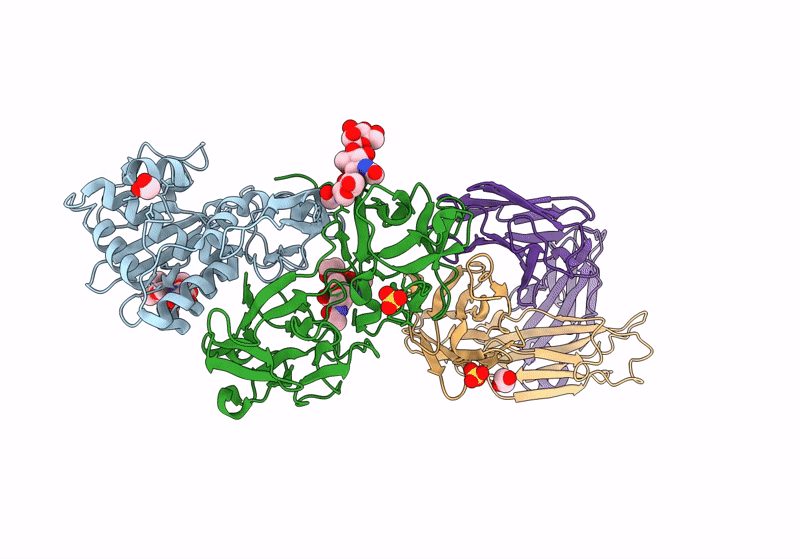
Deposition Date
2023-07-11
Release Date
2024-04-17
Last Version Date
2024-10-23
Entry Detail
Biological Source:
Source Organism:
Mus musculus (Taxon ID: 10090)
Ricinus communis (Taxon ID: 3988)
Ricinus communis (Taxon ID: 3988)
Host Organism:
Method Details:
Experimental Method:
Resolution:
3.29 Å
R-Value Free:
0.33
R-Value Work:
0.27
R-Value Observed:
0.27
Space Group:
I 41 2 2


